Alternative Opportunities for Hydropower
Alternative Opportunities for Hydropower
Untapped potential wherever water flows
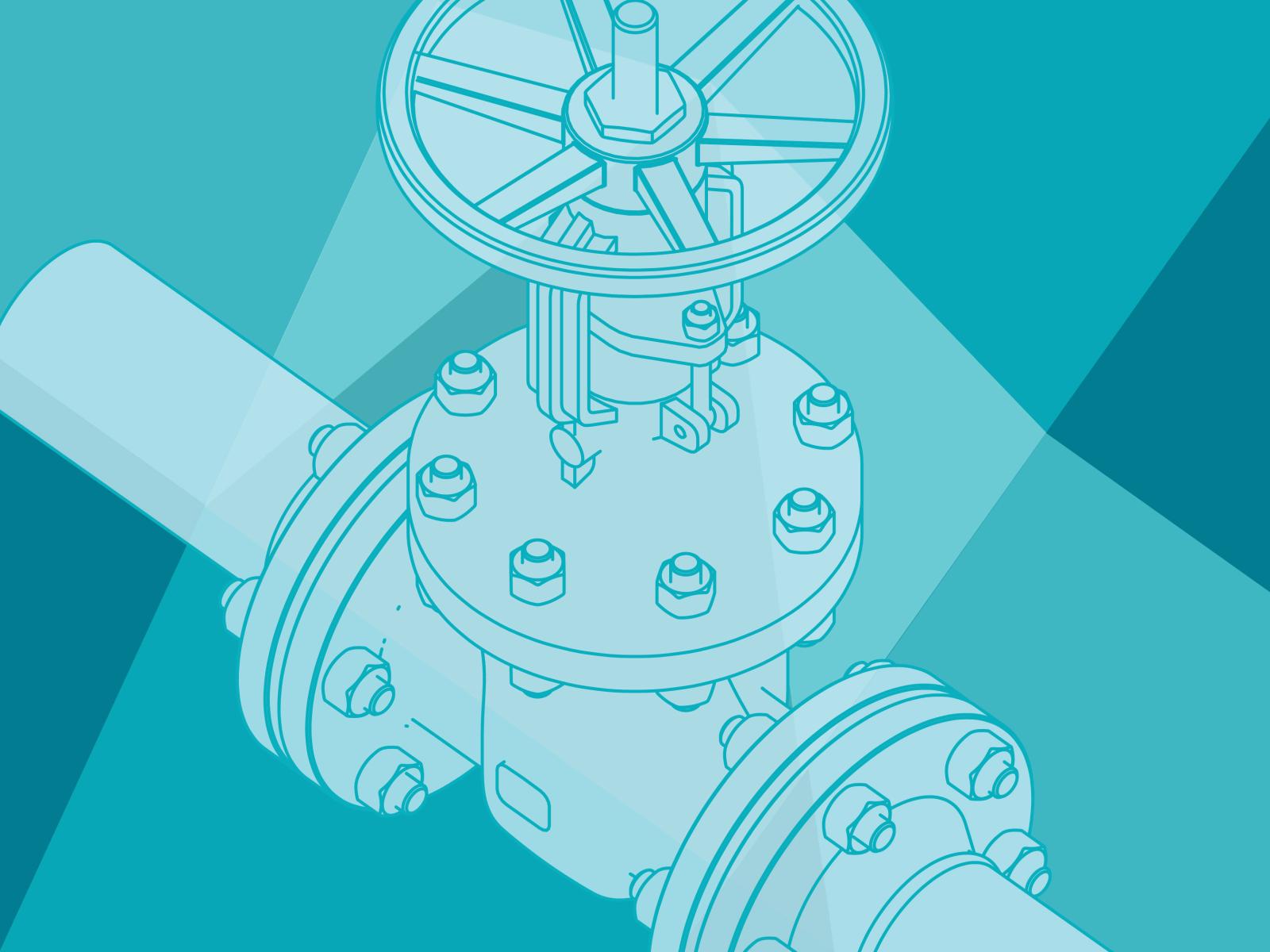
(Graphic by Kelly Machart | Pacific Northwest National Laboratory)
Alternative Opportunities for Hydropower
Untapped potential wherever water flows

(Graphic by Kelly Machart | Pacific Northwest National Laboratory)
Hydropower can promote sustainable water supplies, provide resilience to modernized irrigation systems, and benefit the environment by improving water quality or enhancing ecosystems. Available in every state, these water resources can support local, resilient power supplies in case of outages and contribute to the decarbonization of the electrical grid.
That’s the idea behind alternative opportunities for untapped hydropower. Beyond the grid, hydropower offers benefits that play out in many ways. From business development and community revitalization to power reliability and environmental restoration. New technologies are being developed to modernize hydropower and better leverage all of these benefits (check out the Hydropower Technology Database designed to inform developers of site-specific technology requirements).
The goal is to determine where overlapping benefits span jurisdictions and untap the potential of hydropower.
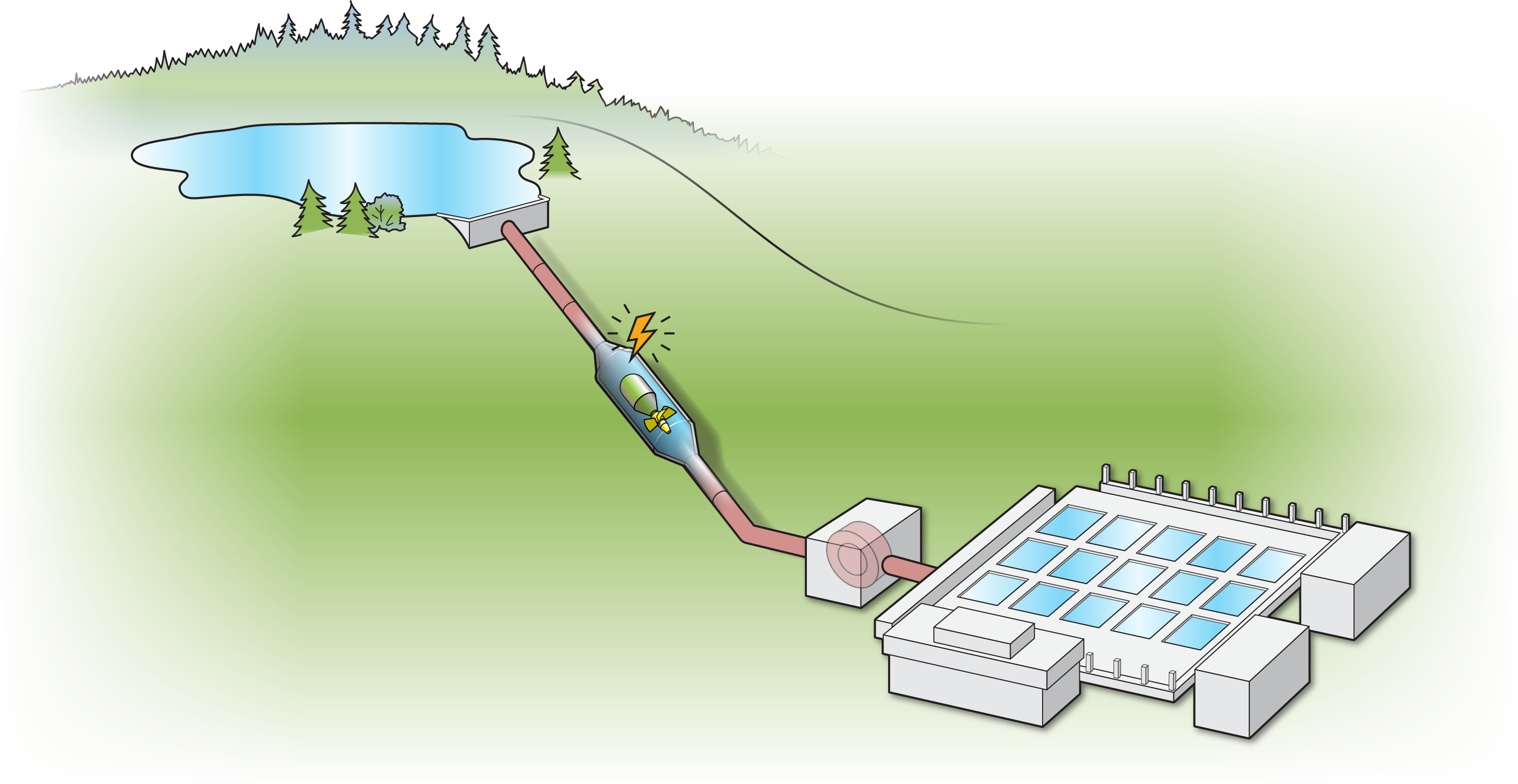
With the addition of turbines, water treatment plants and municipal facilities can reduce operational costs and add a new revenue stream. Drinking water and wastewater treatment accounts for up to 2 percent of total U.S. energy consumption. Drinking water alone can cost up to 40 percent of municipal budgets. This energy demand could be offset by behind-the-meter hydropower systems. Hydropower turbines can also support energy resilience improvements at water treatment facilities. The Drinking Water System Energy Resilience Value Estimator can support water system owners and operators in determining the costs of water outages and the value of energy resilience at sites like pump stations.
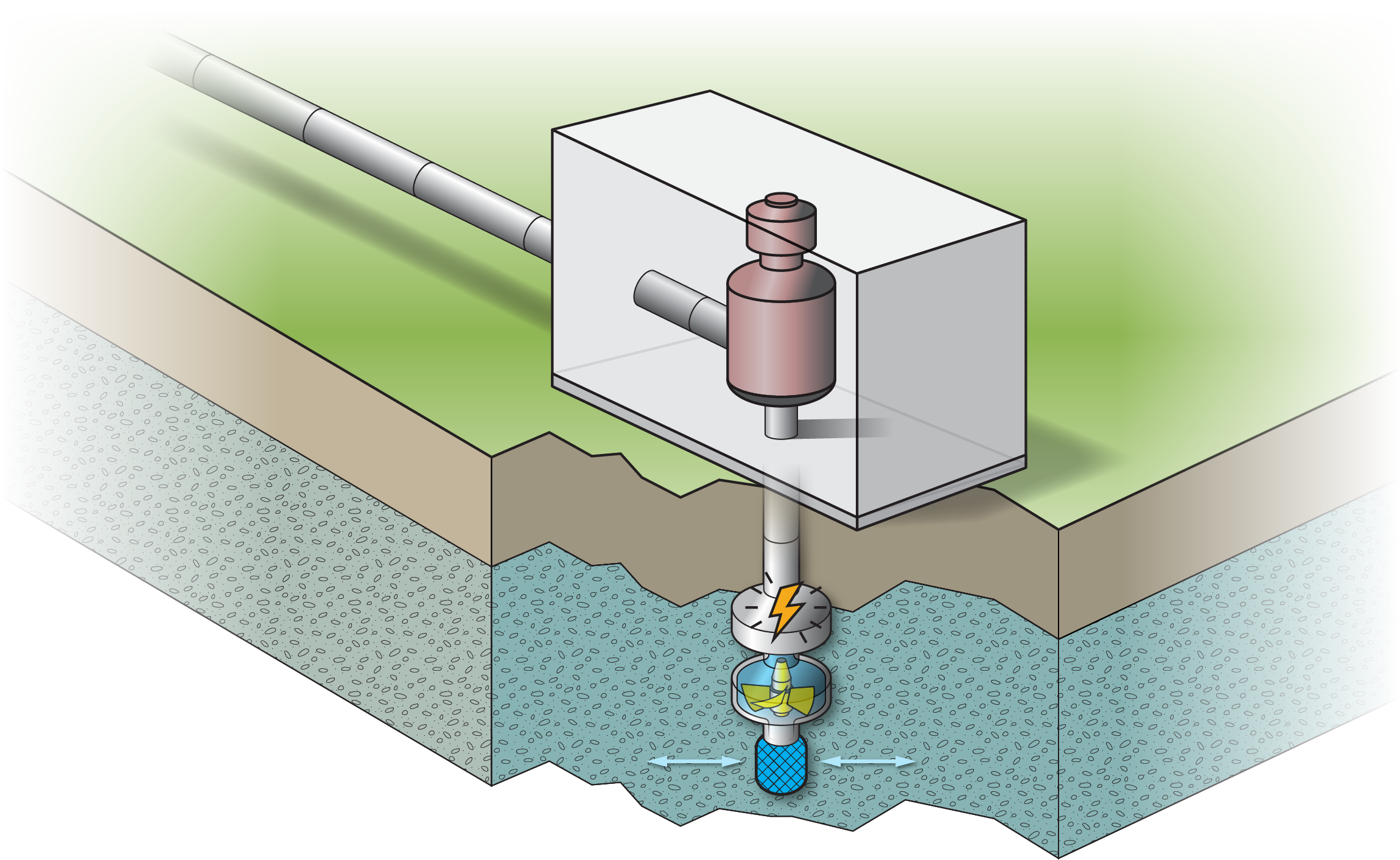
Source-water recharge involves storing water when it is plentiful in underground aquifers, and using it when less water is available. In arid regions, groundwater levels drop during dry spells, while in other parts of the country, overuse of groundwater is depleting aquifers. Areas with depleted groundwater levels are turning to techniques like groundwater recharge. With climate change altering the seasonal availability of water, particularly in the western United States, groundwater recharge is likely to become more common. Adding hydropower to injection wells can create a new revenue stream to support recharge operations. Learn more about the development and permitting of these projects.
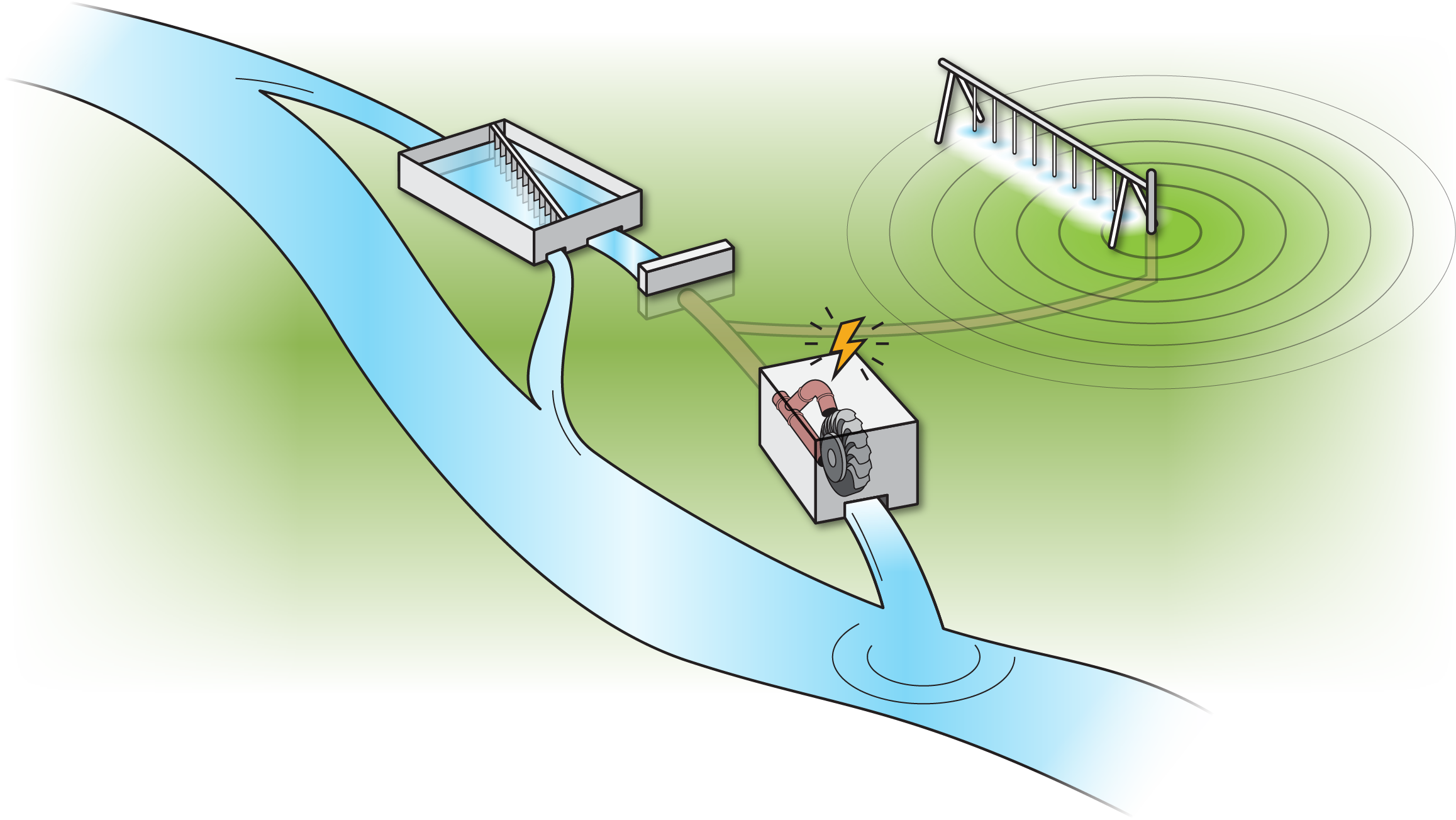
The modernization of irrigation water distribution and on-farm delivery infrastructure intersects with many pressing challenges—energy efficiency; renewable energy development and grid resiliency; climate change and drought; water management; endangered species; environmental restoration; energy, economic, and environmental justice; food production and rural prosperity. Irrigation modernization supports energy and water efficient food production systems that can adapt with climate change while supporting thriving rural economies and new hydropower installations. A new software tool, IrrigationViz, was developed to help assess the costs and benefits of irrigation modernization.
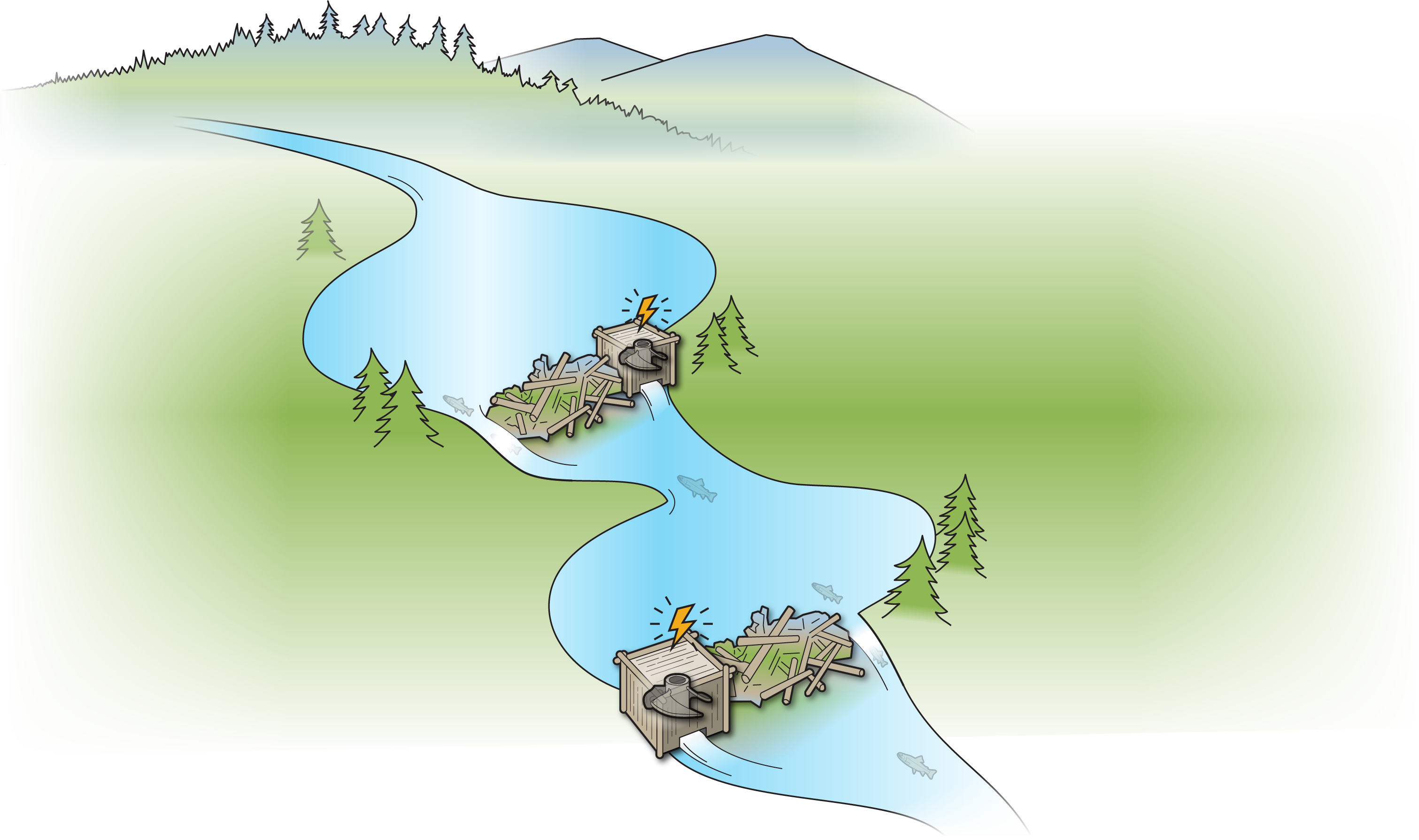
Hydropower could be used to slow down the water flow to reconnect historical floodplains, thereby sustaining and enhancing aquatic habitat while reducing downstream floods. The generated hydropower could also play a role in the treatment of environmental contaminants or support microgrids in remote locations where grid connectivity may be difficult and expensive.
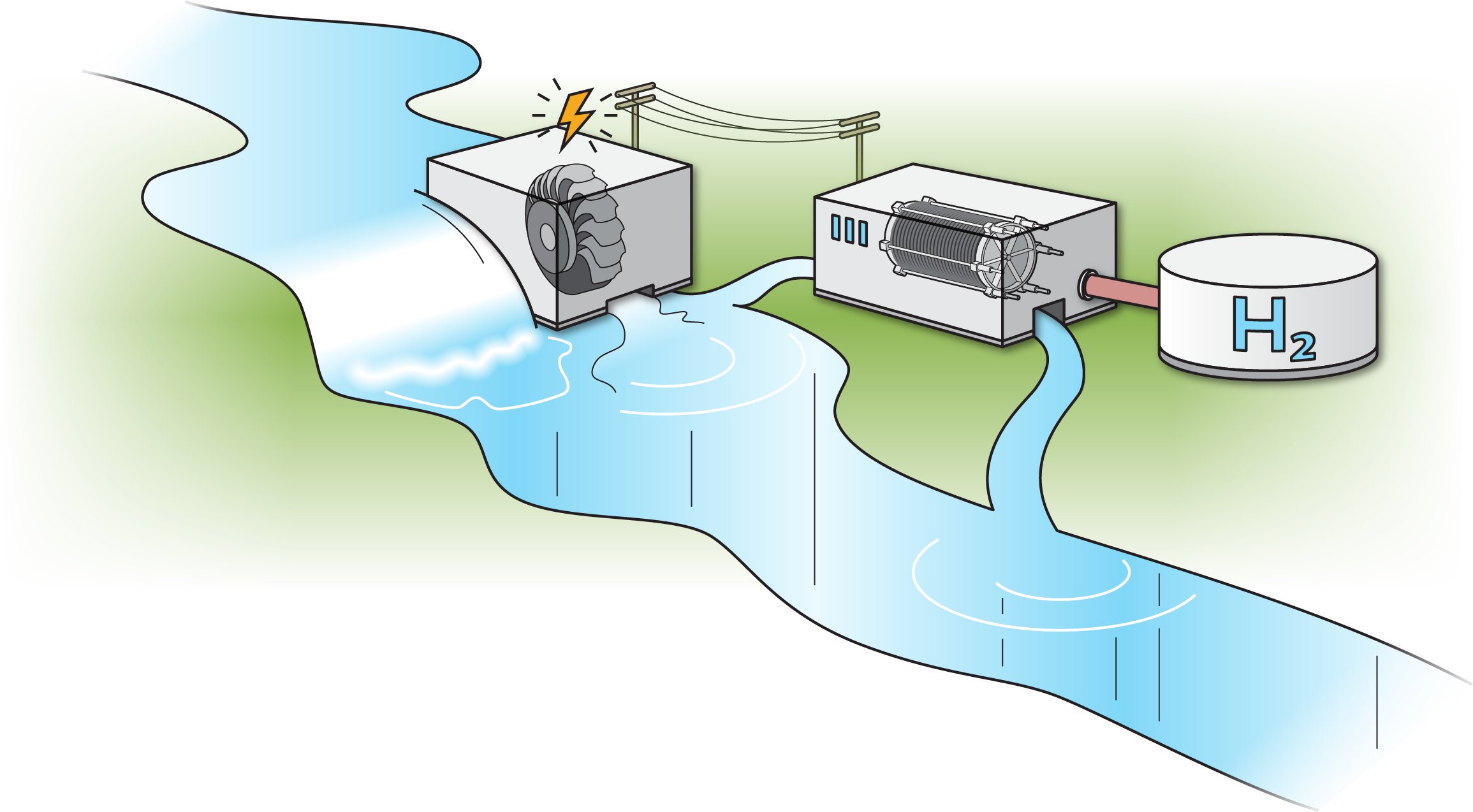
Hydropower could be used to power the grid during periods of peak demand, then be switched to other operations, such as hydrogen production, when demand is low. The deferred load could be used to generate additional revenue or promote decarbonization by storing available hydropower as hydrogen, to be used later to recover that energy.
Drinking Water System Energy Resilience Value Estimator
Generating Hydropower from Injection Wells - Pocket Guide
Alternative Opportunities for Hydropower